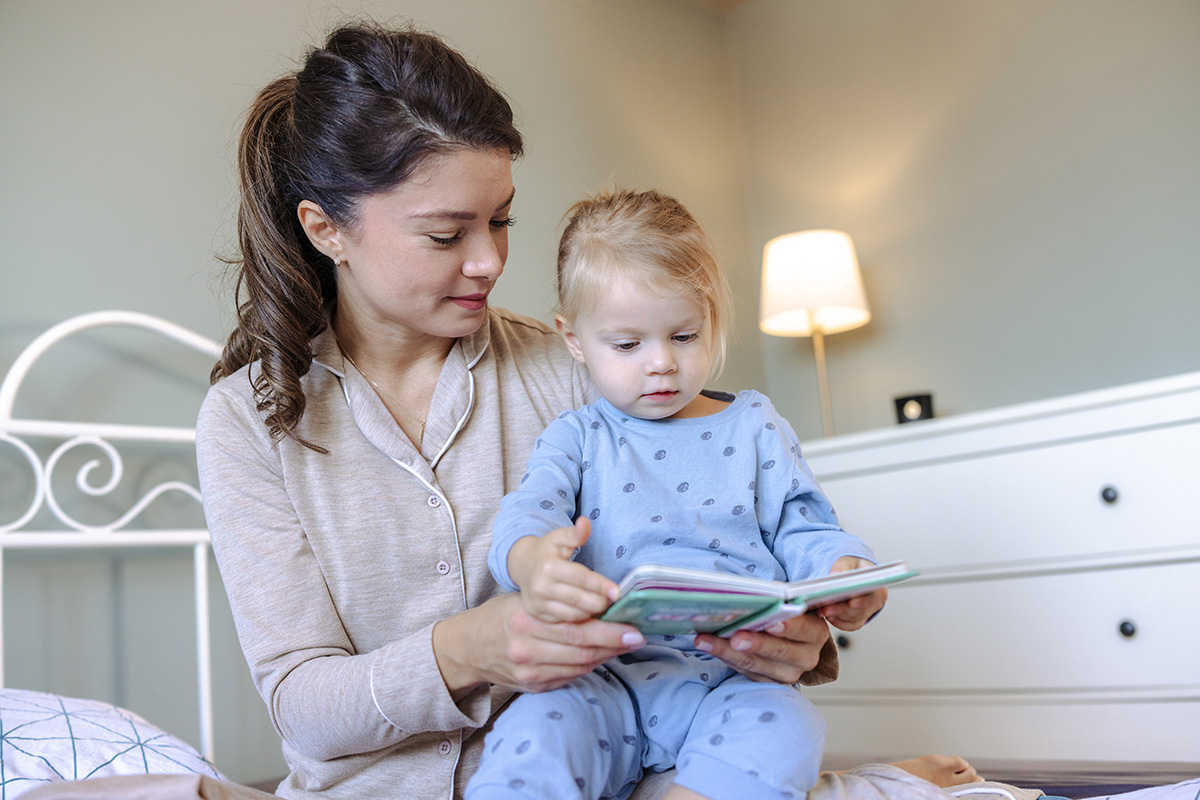If bedtime is a struggle, Dr. Kyle Pruett, clinical professor of child psychiatry at Yale School of Medicine and member of The Goddard School Educational Advisory Board shares four tips to help your little ones easily drift off to dreamland.
- Start a bedtime routine when your child is between ages 4 and 6 months.
- Be patient and give the process time to work. It takes adults an average of 20 minutes to fall asleep, even though we’ve done it thousands of times, and that’s when our sleep hygiene is working reasonably well. Many adults, especially parents, need a bit more time to fall asleep. Keep in mind that children may experience similar challenges.
- Some crying is nearly universal at bedtime. Putting your child to bed when already asleep may cause them to be disoriented when waking up later in the night, which will happen. You’ll be up again because they haven’t learned how to fall asleep on their own.
- Through your routine, children will learn what happens next. Put them down when they get drowsy, sit down near them, using occasional light touch and your voice to soothe when the pacifier pops out and they have to find it, which is what you want to them to do in the middle of the night. Say goodnight softly and leave the room. Some crying may ensue, so wait for a few moments beyond what you think you can stand, then go back in briefly to reassure your child (and yourself) in the softest voice and touch you can manage. In a matter of weeks, research reassures us that your child will be on the path to being able to fall back to sleep on their own.




